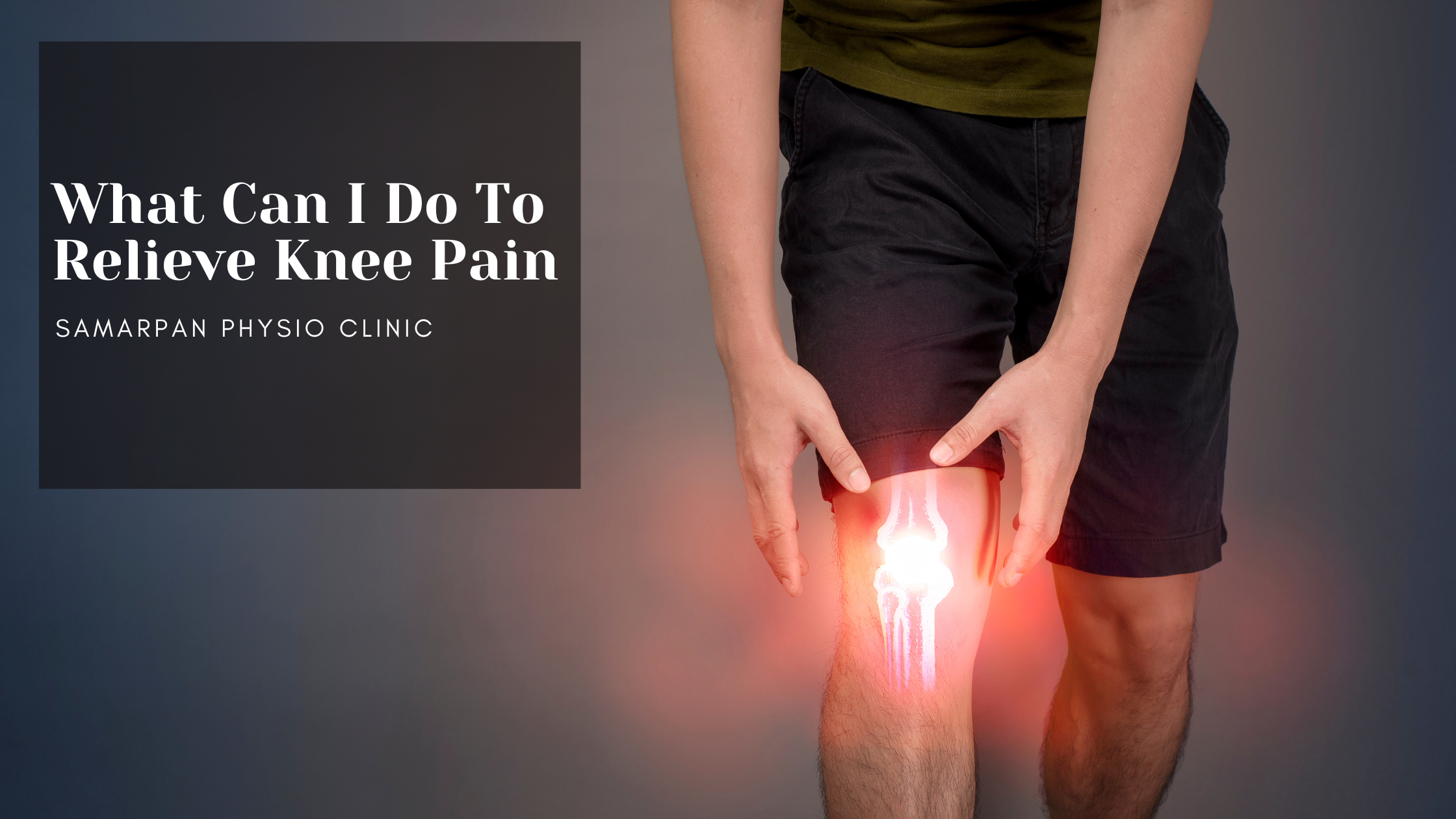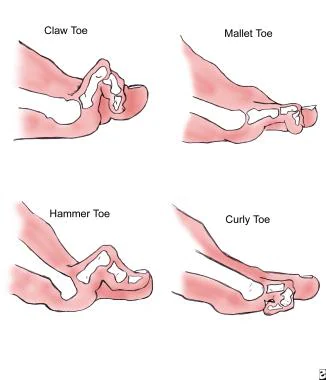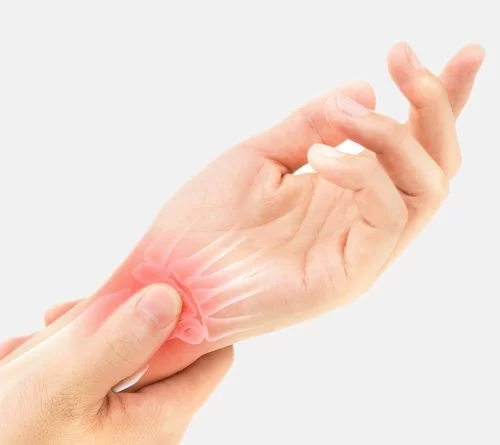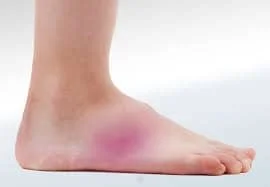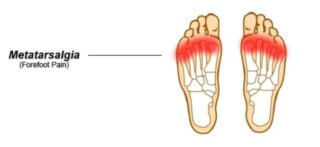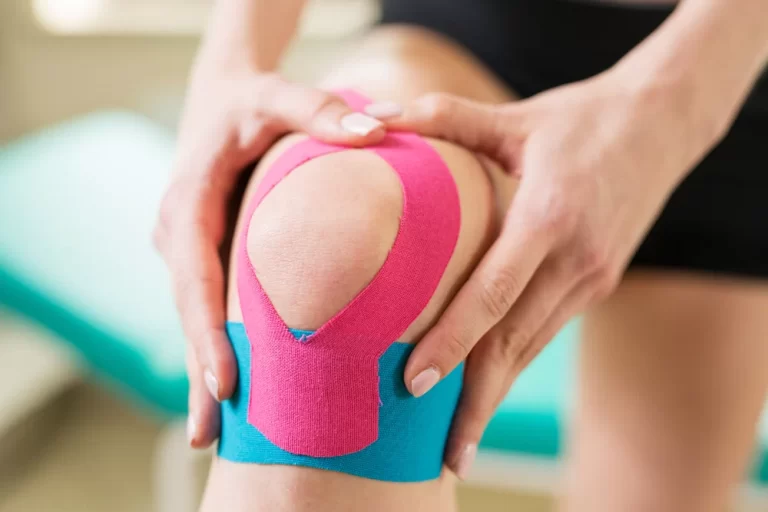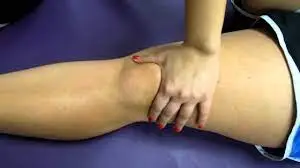What Can I Do To Relieve Knee Pain
Knee pain is a very common symptom in people that is found in all ages. It can start suddenly, often after an injury or exercise. Knee pain can also start as mild discomfort, then slowly worsen.
Your knee joint is made of cartilage, bone, ligaments, and fluid. Tendons and muscles help the knee joint move. If any of these structures are damaged, you may have knee problems. Below are some of the more general causes of knee pain:
- Ligament Injury – An anterior cruciate ligament (ACL) injury usually results from a sudden twisting motion. Posterior cruciate ligament (PCL) injuries are usually caused by direct impacts, such as impacts from a car accident or sports activities.
- Osteoarthritis of the knee – The cartilage in the knee gradually disappears.
- Cartilage injuries and disorders – Injury, overuse, muscle weakness, or knee misalignment can soften the cartilage of the patella, or a blow to the knee can tear off a piece of cartilage.
- Tendon injuries – can range from inflammation to tears, most likely from overuse in sports or a fall.
- Broken patella – the small, round bone (patella) that sits on the front of your knee joint breaks, usually as a result of a fall or a direct blow to the knee.
- Rheumatoid Arthritis – The knee may swell and the cartilage may be destroyed.
Table of Contents
Diagnosis: Knee Pain
A thorough examination is necessary for an accurate determination. Part of the examination should be an assessment of whether the pain is really coming from the knee. Sometimes knee pain can be referred to as pain from another source, such as a hip injury. “Referred pain” means that an injury or disease in one part of the body causes pain elsewhere.
When making a diagnosis, your doctor will consider information that includes the following:
- Patient characteristics – Certain conditions are more common in individuals with certain characteristics. For example, osteoarthritis is more common in older adults, and overuse conditions are more common in people who participate in sports. Obesity can also be a factor in some conditions.
- Patient history – The doctor asks questions to determine potential sources of trauma, such as car accidents or sports injuries. The doctor will also ask where and when you feel the pain.
- Physical examination results – The doctor moves and probes your knee for signs of muscle, tendon, or cartilage damage. This includes examining the location of the pain, such as behind the knee, in front of the knee, or inside or on top of the knee.
- Results of imaging – Sometimes MRIs, X-rays, or other diagnostic tests are needed to identify abnormalities or structural damage.
Treatments: Knee Pain
Treatment will be going to depend on the nature of your injury. So are your preferences. It is best to consider the full range of available options. These include:
- RICE (Rest, Ice, Compression, and Elevation) – This can work for acute pain, but treatment is different for chronic pain. In chronic pain, rest can make the muscles weak that need to be strengthened to reduce or eliminate the pain.
- Exercise and physical therapy – Some exercises help build or stretch muscles and relieve pain. You also need to know which exercises you should avoid as they could cause further damage to the knee.
- Lifestyle Changes – There are changes you can make to ease your pain. For example, maintaining a healthy weight reduces stress on the knees. You may need to avoid activities such as running that put too much force on the knees.
- Genicular Nerve Blocks – This treatment blocks the pain signals that the genicular nerves carry between the knee joint and the brain. First, it is done by injecting an anesthetic for short-term relief. If effective, the patient may get longer-term relief with a non-surgical procedure called radiofrequency ablation. This procedure creates heat to coagulate the proteins in the nerve, which stops the pain signals.
- Peripheral Nerve Stimulation – The surgeon implants electrodes and a small battery near the peripheral nerves that carry pain signals from the knee. The electrodes deliver a weak electrical current (producing a tingling sensation) to the nerve, causing it to shut down pain signals to the brain. The patient will control the frequency of electrical stimulation.
- Complementary Therapies – Some people find relief with massage, biofeedback, relaxation, meditation, acupuncture, yoga, or visualization.
- Medicines – this includes over-the-counter medicines such as paracetamol and non-steroidal anti-inflammatory drugs and stronger medicines such as opioids. Other medications, including steroids, may also help. Because opioids can be addictive, it is important that a qualified pain management professional oversees your treatment plan. Some caution is also necessary with anti-inflammatory drugs and steroids, which can weaken cartilage and knee joints.
- Surgery – is primarily used to repair structural damage. Surgery might not be the first choice, but sometimes it is the only solution. Made for This Moment’s knee surgery page provides details on pain management options and considerations.
- Regenerative therapy – Researchers continue to explore options such as plasma injections and stem cell therapy. The research is still at an early stage and not yet final.
Home Care to Relieve Knee Pain
Simple causes of knee pain often clear up on their own when you take steps to manage your symptoms. If your knee pain is because of an accident or injury, you should contact your healthcare provider.
If your knee pain has just started and is not severe, you can:
- Rest and avoid activities that cause pain. Avoid straining the knee.
- Sleep with a pillow under or between your knees.
- Apply ice. First, apply it every hour for up to 15 minutes. After the first day, apply at least 4 times a day. You can cover your knee with a towel before applying ice. DO NOT dry while using ice. You can leave it on too long and freeze.
- Take ibuprofen (Motrin) or naproxen (Aleve) for pain and swelling. Acetaminophen (Tylenol) might help in relieving pain, but not swelling. Check with your provider before taking these medications if you have a medical condition or if you are taking them for more than one or two days.
- Wear an elastic bandage or an elastic sleeve, which you can buy at most pharmacies. This can reduce swelling and provide support.
Following these general tips can help to relieve and prevent knee pain:
- You should always warm up before exercise and cool down also after exercise. Stretch the muscles on the front of the thigh (quadriceps) and on the back of the thigh (hamstrings).
- Avoid running down hills – go downhill instead.
- Make sure that your running shoes are well for the purpose, fit well, and have good cushioning.
- Bike, or better yet, swim instead of running.
- Reduce the amount of exercise you do.
- Run on a smooth, soft surface like a track instead of cement or pavement.
- Lose weight if you are overweight. Every pound (0.5 kilogram) you’re overweight puts about 5 extra pounds (2.25 kilograms) on your kneecap when you walk up and down stairs. The amount of extra pressure is even greater when you jump. Ask your provider for help with weight loss.
The next steps you need to take may depend on the cause of your knee pain.
When to Contact a Medical Professional
- You cannot bear weight on the knee.
- You cannot bend your knee or have difficulty straightening it completely.
- You still have pain after 3-4 days of home treatment.
- You have severe pain even when you are not weight-bearing.
- You have redness, fever, or warmth around the knee or may have a lot of swelling.
- You have swelling, numbness, pain, tingling, or bluish discoloration in the calf below the painful knee.
- Your knee switches, clicks, or locks.
- Your knee is deformed.

